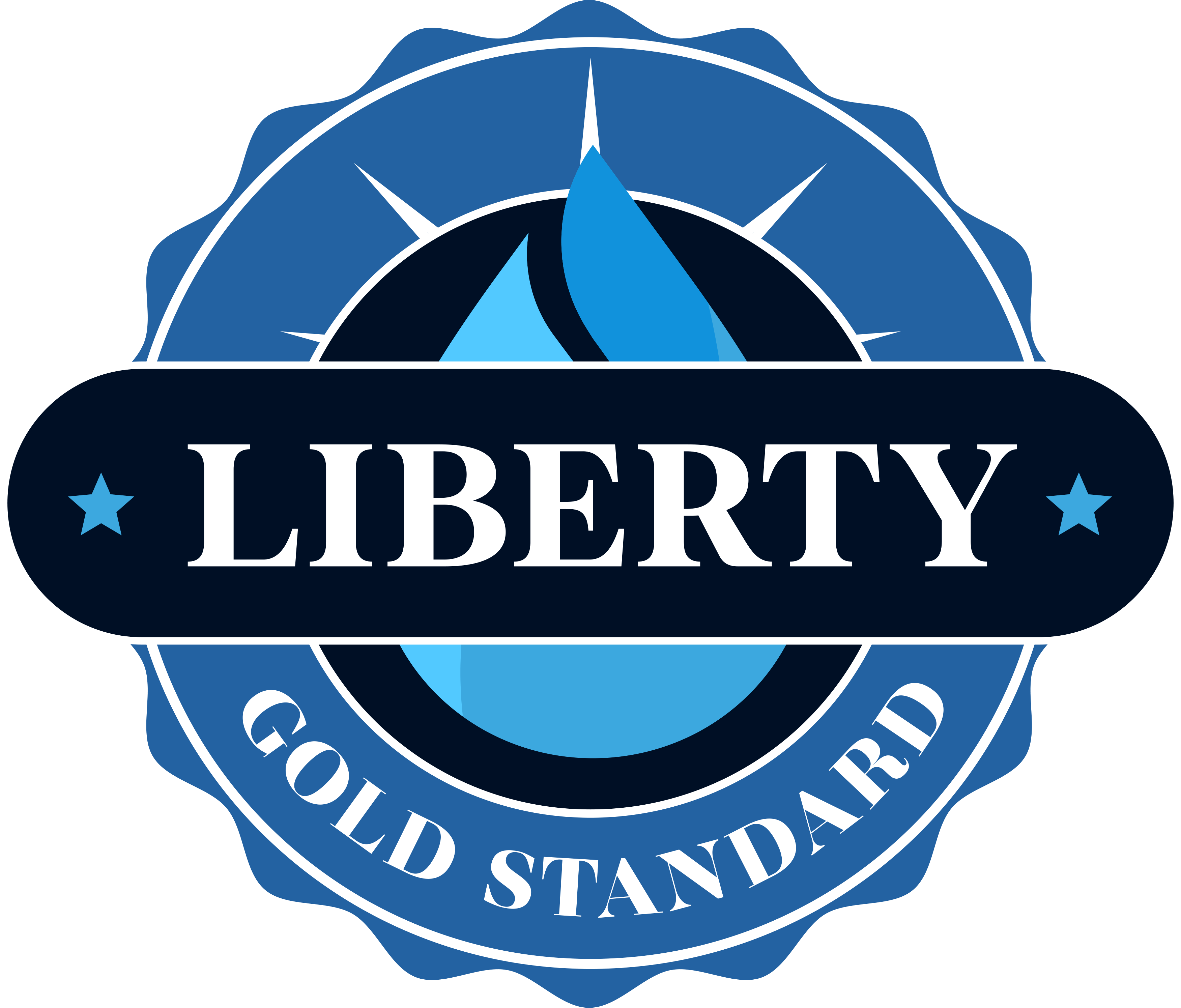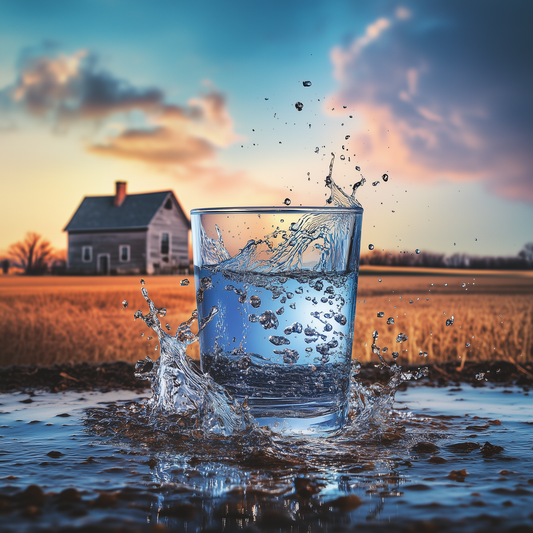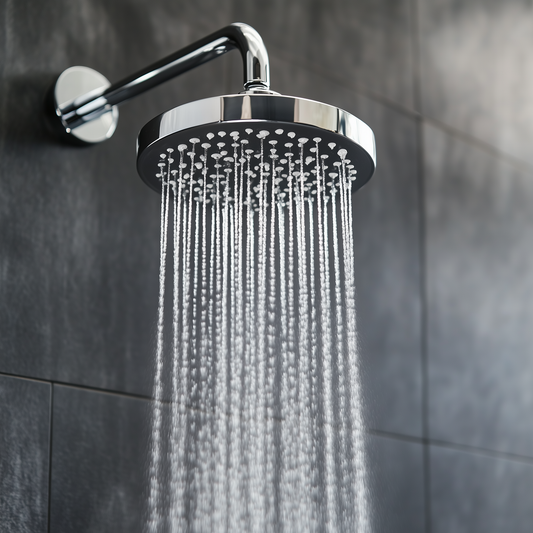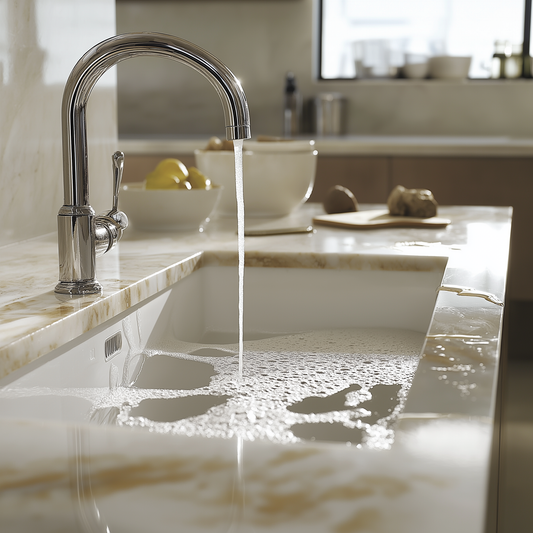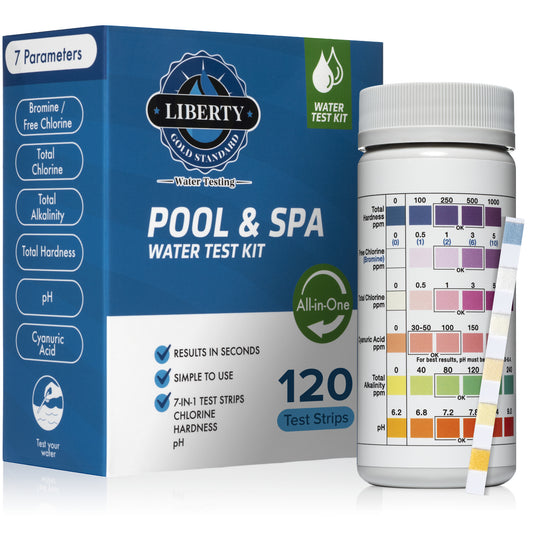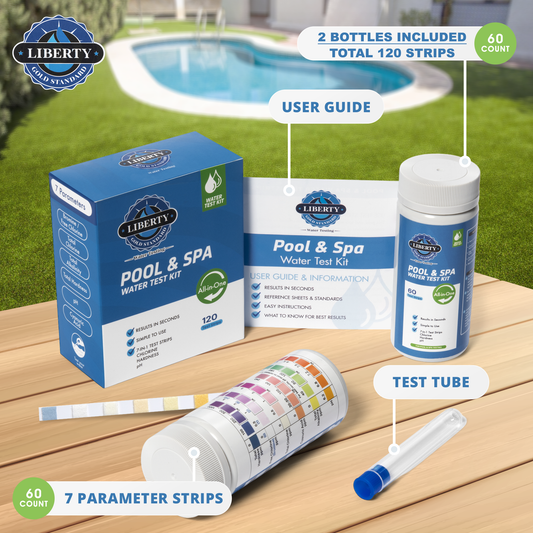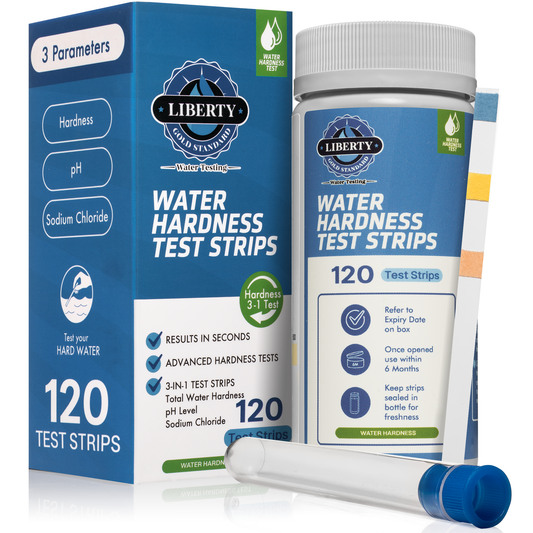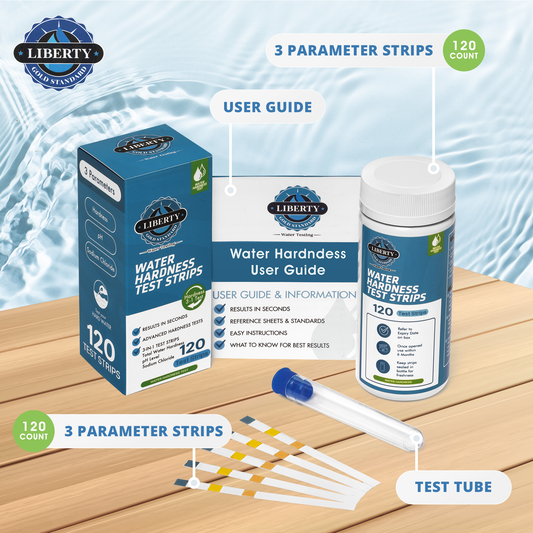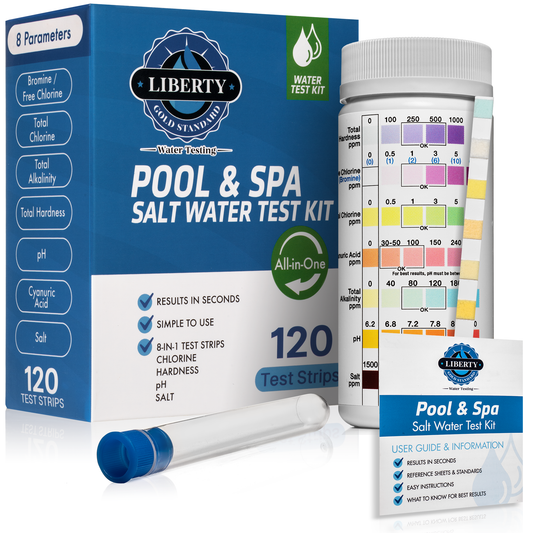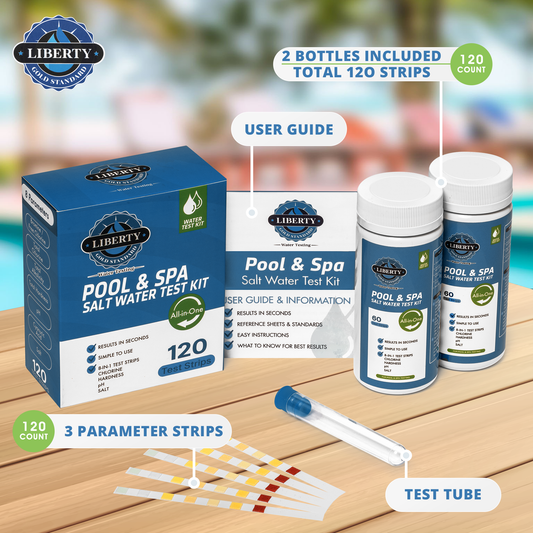Have you ever wondered about the quality of the water you drink, use for cooking or swim in your pool? With the help of Liberty Gold Standard water test strips, you can easily and quickly determine the levels of various contaminants and minerals in your water. In this blog post, we will guide you through the process of testing your water using water test strips, so you can ensure that your water is safe and healthy for consumption.
Step 1: Choose the right water test strips. There are various types of water test strips available in the market, each designed to test for specific contaminants and minerals. Some common water test strips include those for testing pH, chlorine, hardness, iron, and copper which are great for pools and spa.
Choose the water test strips that are appropriate for your needs based on the quality of your water source and any specific concerns you may have.
Step 2: Collect a water sample to test your water, you will need to collect a sample in a clean container. Ensure that the container is free from any contaminants that could skew the test results. For most tests, a sample of water from your tap will be sufficient and you can a test tube provided in you Liberty Gold Standard package.
Step 3: Follow the test strip instructions included on the packaging and booklet included. Each type of water test strip will come with specific instructions on how to use them. Typically, you will need to dip the strip into the water sample for a certain amount of time, around 2 seconds, then remove it and wait for the color to change.
The color change will indicate the concentration of the specific contaminant or mineral being tested for. Compare the strip on the color chart on the bottle and read results.


Step 4: Compare the results once the test strip has changed color, compare the color to the provided color chart. The results will be accurate for about 30 seconds. This will help you determine the concentration of the contaminant or mineral in your water. If the concentration is within the safe range, your water is considered safe for consumption. If the concentration is above the safe range, you may need to take further action, such as installing a water filtration system or contacting your local water authority.
Conclusion: Testing your water at home using water test strips is a simple and effective way to ensure that your water is safe for consumption. By following the steps outlined in this blog post, you can easily test your water and take the necessary steps to ensure its quality.
If you have further questions or comments, please reach out to Liberty Gold Standard as we can provide better understand of results or next steps that should be taken.



